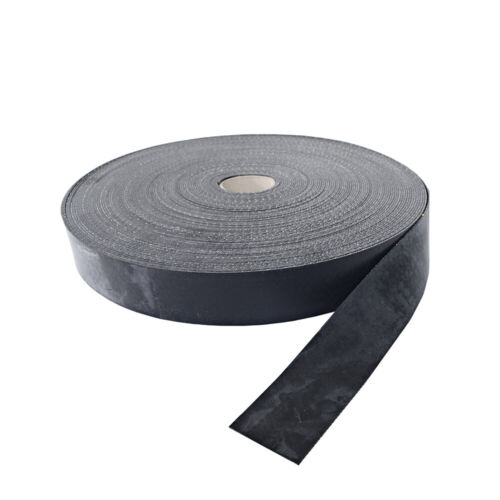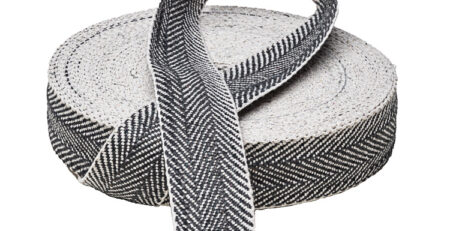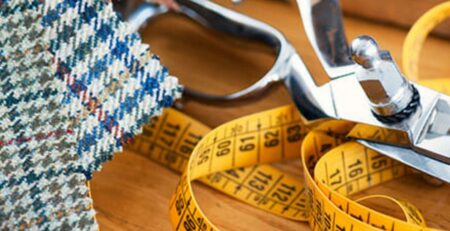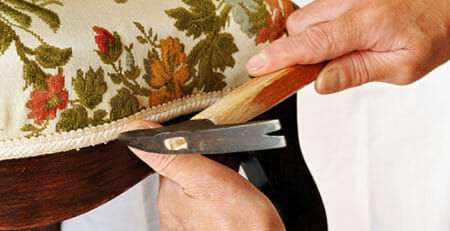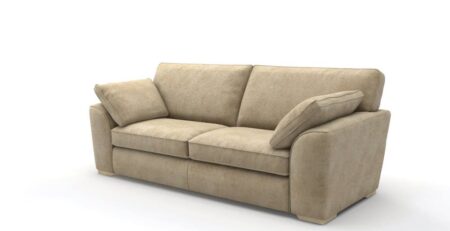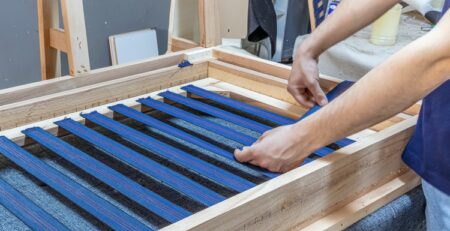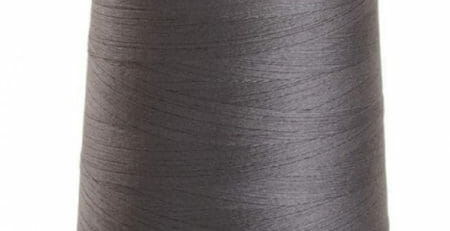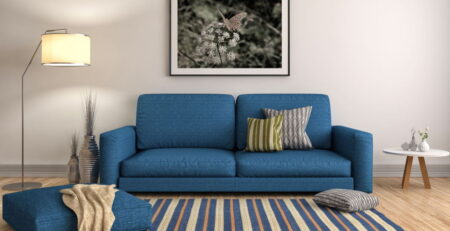How Webbing Powers Furniture Repairs
How Webbing Powers Furniture Repairs
When restoring or repairing upholstered furniture, upholstery webbing plays an important role. This woven material provides integral support and structure to cushions, chairs and other upholstered items. Understanding when and how to utilise webbing is key for DIYers and professionals undertaking furniture repairs.
Provides Support
Webbing forms the supportive foundation of cushions and seats. The tightly-woven material, constructed from synthetic or natural fibbers, is applied in tension to create a hammock-like base. This provides underlying reinforcement and durability.
Secures Cushions
Fill In addition to support, webbing helps secure cushion fills like foam, down and batting in place. It prevents shifting and sagging within upholstered items that can diminish structural integrity over time. Properly anchored fill extends longevity.
Promotes Air Circulation
The woven nature of webbing allows air to circulate rather than trapping heat and moisture like solid decking materials. This breathability provides more comfort and helps prevent mould, mildew and quicker breakdown of fills.
Absorbs Shock
The inherent flexibility and give of upholstery webbing aids shock absorption. As users sit and shift their weight, the webbing system flexes slightly to dissipate pressure. This enhances comfort and reduces wear.
Conforms to Frames
When tacked tightly across furniture frames, upholstery webbing easily conforms and adapts to wood or metal bases, even those with intricate shapes. This facilitates smooth, wrinkle-free upholstery fabrication.
Can Be Customised
Webbing comes in varying tensions and fibre contents to suit specific applications. Heavier-duty outdoor webbing can be used for patio furniture. Customisable widths, colours and patterns allow for design flexibility.
Facilitates Repairs
During furniture restoration, old compromised webbing can be removed and replaced in sections needing to be re-supported. Only weakened areas require fresh webbing, saving time and cost.
Provides Smoother Upholstering
Applying final upholstery layers is easier over taut webbing than over decking alternatives like burlap or muslin. The weave pattern does not show through upholstery fabrics as noticeably.
Long Lasting Durability
Synthetic webbing materials like nylon and polyester resist deterioration from moisture, oils and everyday use. When installed properly, webbing lasts for many years even under frequent use.
Quality Upgrade Option
In expensive upholstered furniture, springy hardwood decking is sometimes used in place of webbing. But in budget furniture, quality webbing can provide a more durable and comfortable upgrade over basic burlap decking.
Upholstery webbing is the flexible, breathable unsung hero providing unseen support and comfort in quality upholstered items. Understanding its structural role and installation best practices allows DIYers to utilise this essential material for repairs and upgrades.


